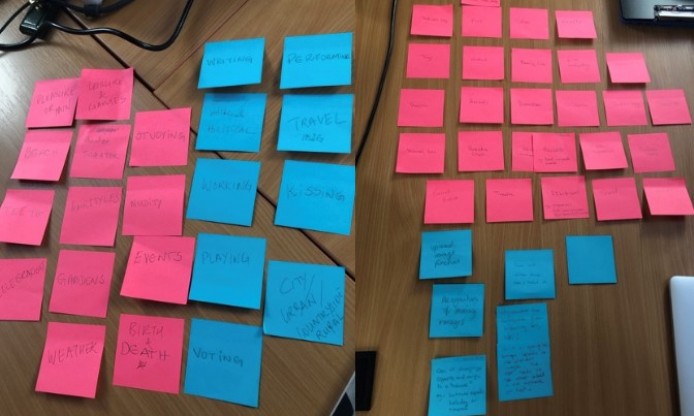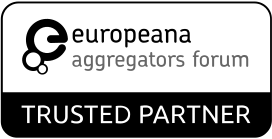by Elaine O’Sullivan, Coventry University. image courtesy 50s in Europe Kaleidoscope project.
The project 50s in Europe Kaleidoscope, which was concluded in February 2020, aimed to engage with a wide range of publics and stakeholders, through sourcing, sharing, and identifying photographs in collections. By contributing to Europeana.eu, the aim was to enrich the collections and provide more resources for cultural institutions. The project sought to influence curatorial practices and exhibition methods, in addition to extending into the educational sector.
Impact was created by engaging with stakeholders in: the cultural heritage sector (gallery, library, archive and museum professionals), educational sector (academic researchers and students) and creative industries (design professionals, photography, digital media and dance). Engagement and user-experience testing of digital tools took place via a series of workshops, focus groups and an online survey.
Impact was assessed in relation to the digital tools, and in relation to the project more broadly. In terms of the tools, the visual similarity search draws on deep learning techniques enabling the linking of resources based on visual similarity. As visual recognition is not reliant on language, this provides opportunities for search queries to be more accessible to diverse audiences. The WithCrowd annotation tool reimagines how metadata is perceived and how it functions. In the scope of the project, metadata becomes much more than just data for informational purposes. Instead it becomes a live, active, ever-changing resource that is shared among a community of users. Both tools propose innovations in curatorial practice and exhibition methods by using participatory approaches and drawing on arts-based and co-creative strategies.
More broadly, the project has contributed to the enrichment of Europeana’s 1950s photographic collections, and has proposed new ways of interpreting this significant era in European history. From an educational perspective, the project has resulted in the creation of a MOOC (massive open online course) entitled ‘Creating a Digital Cultural Heritage Community’. The thematic focus of the MOOC is user engagement strategies for digital cultural heritage.
In terms of future exploitation, leveraging the gamification elements of the digital tools could open up new markets and industries for the applications. More research is needed to see how the tools could be applied to the creative industries, and if there is commercialization potential. Annotation and visual recognition skills are integral to a variety of design professions. Furthermore, the project explored crowdsourcing and co-creation as user engagement strategies. These ideas could be applied to an entrepreneurial context to inform thinking on innovative business models. Thinking that would require a project of longer duration, and that could inspire a Kaleidoscope spin-off.
Dowload the full report on Feedback Collection, Impact and Future Exploitation (PDF, 10 Mb)
Report by Dr Elaine O’Sullivan, Prof Neil Forbes and Prof Sarah Whatley. 28th Feb 2020, with thanks to project partners Maria Ralli (NTUA), Andreas Richter (SPK) and Frederik Temmermans (IMEC).


